

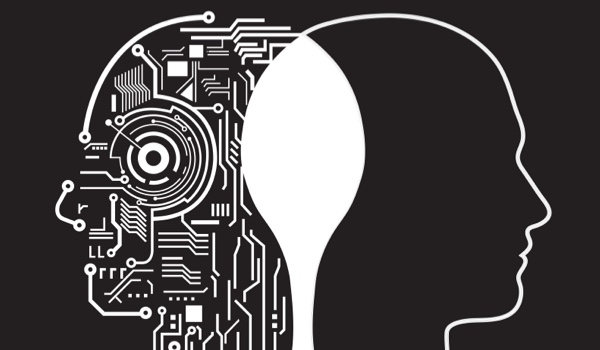
KUALA LUMPUR -
“Artificial Intelligence is neither artificial nor intelligent”
- Professor Ian Angell, London University, ca. 2000.
Discuss.
A: Computers are dumb. Computers recognise only two states: on and off, one or zero, black or white.
B: If that’s the case, how do we get yes, no or maybe : that’s the basis of fuzzy logic that has become a topic du jour now that FinCEN has announced it’s going to use it.
C: Fuzzy logic was first described in a paper in the 1970s. By the 1980s we had it in toasters and washing machines. FinCEN is behind the times.
A: Is fuzzy logic a state?
C: Well, it’s not on or off so if it’s a state, it’s a third state.
B: I don’t think it’s a single state. I think it’s just nested states. Like those Russian Dolls. Each of them is on or off, doll or not doll. But maybe it’s also parallel decision making. So it’s looking in more than one set of dolls at the same time and using the information from all of them to reach a decision.
A: Like this: is the toast burned yet? Is the toast burned yet? Is the toast burned yet. Oh, bugger. It’s burned.
C: Well, yes. But it still needs a human to decide how thick and how dry the bread is and how brown he wants it. Then he sets the instruction and leaves the toaster to act as instructed, when the circumstances i.e. the bread is toasted as instructed, and then pops up.
A: So it’s not thinking, is it?
B: No, it’s not thinking at all but it is doing more than ones and zeros.
A: But is it? Is it ready? No. Contin
The content herein is subject to copyright by The Yuan. All rights reserved. The content of the services is owned or licensed to The Yuan. Such content from The Yuan may be shared and reprinted but must clearly identify The Yuan as its original source. Content from a third-party copyright holder identified in the copyright notice contained in such third party’s content appearing in The Yuan must likewise be clearly labeled as such. Continue with Linkedin
Continue with Linkedin
 Continue with Google
Continue with Google









 1751 views
1751 views
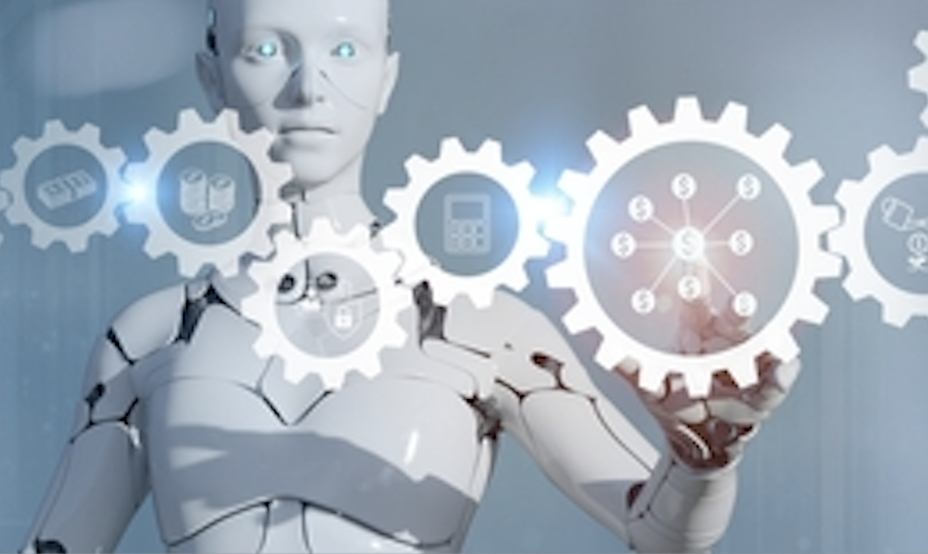
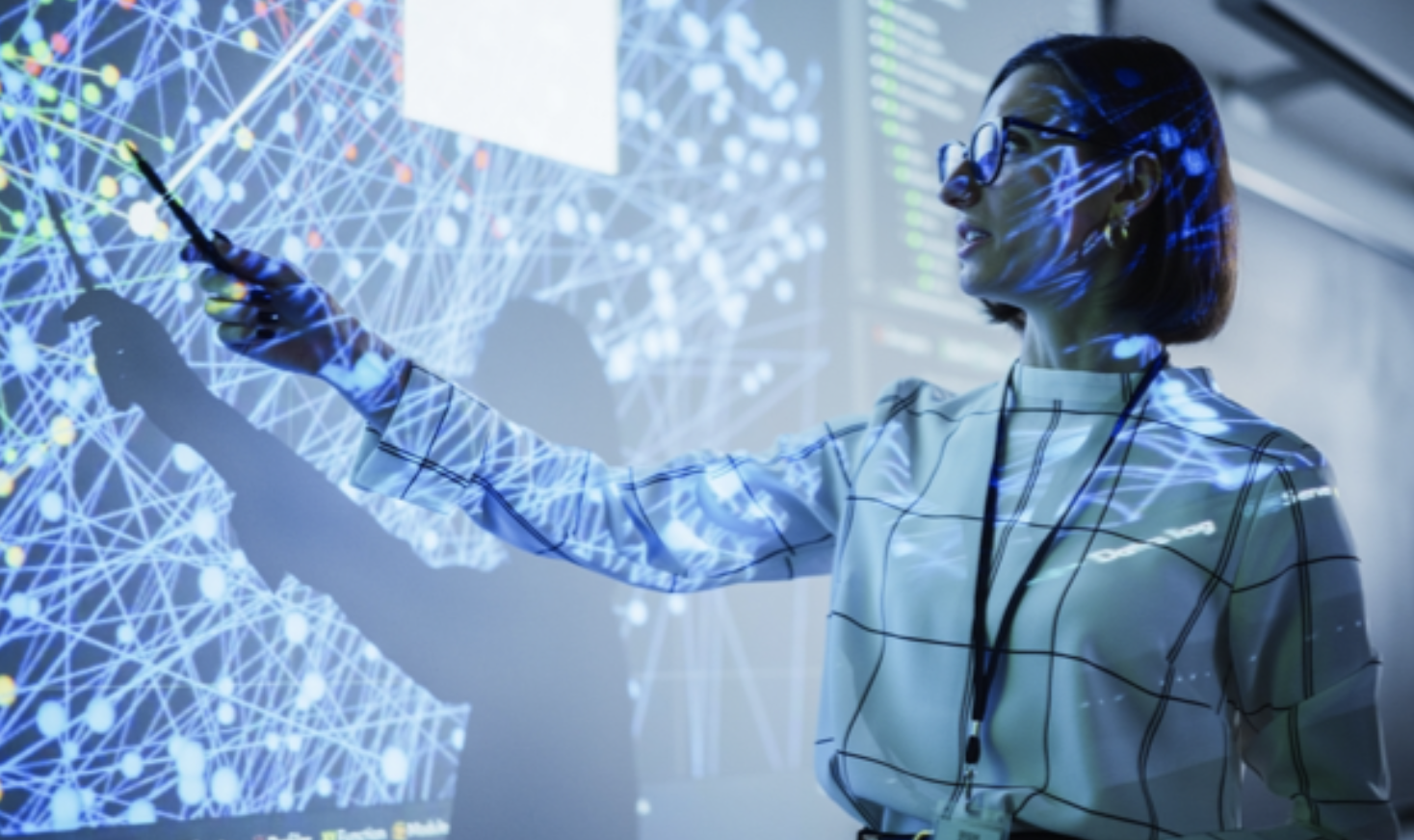

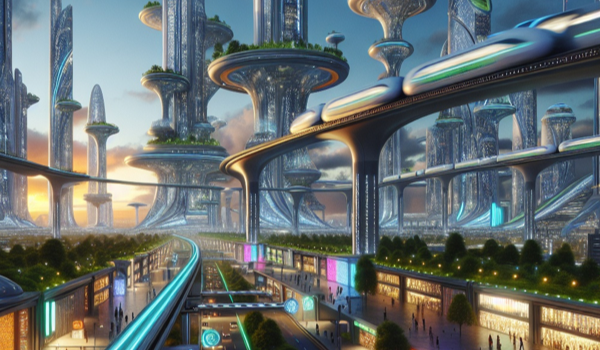

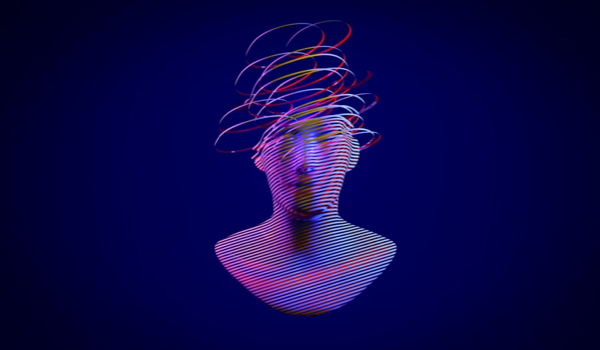
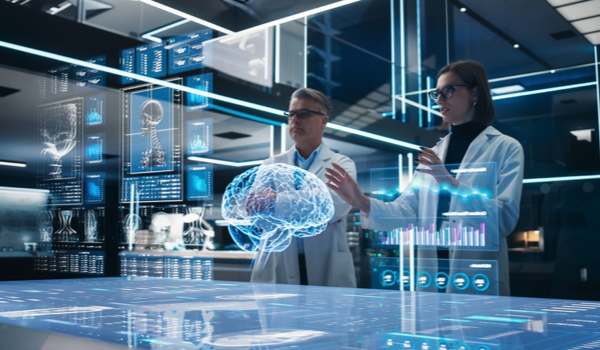


2022-06-21
2022-06-22